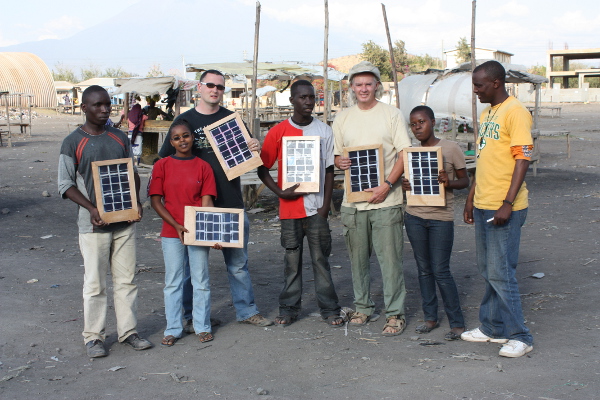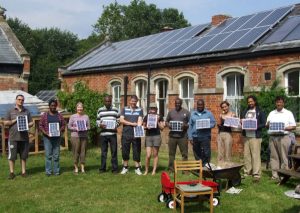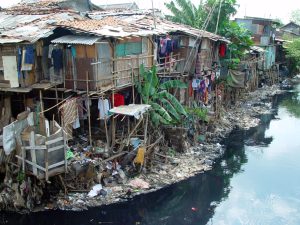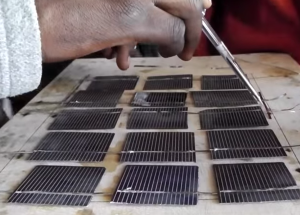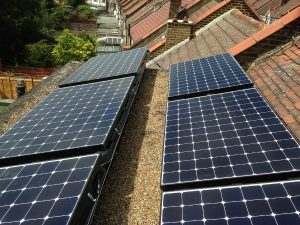Norman is our tutor for our build your own solar pv panel course, running in March, May and September next year. He’s developed a way of building small solar electric panels from the scrap from the photovoltaics industry, with a USB port for a phone charger or an LED light. He’s got together with the DATUM Foundation to take the idea to Africa. We’re going to be training trainers in Tanzania, Cameroon and in the UK – we’d like this to go viral in Africa, and bring clean power to charge mobiles and provide lights in remote areas. If you like what they’re doing, please feel free to donate to the DATUM Foundation. More blogs on the technology and the UK course soon. Meanwhile here’s Norman’s story.
The price for electricity from the sun has fallen in the UK in recent years due to the feed-in tariff, but how about solar prices in the rest of the world? Have they seen this rather helpful price drop too? Countries with a little more sun than the UK… oh… and maybe a little more need for this portable energy source?
When the sun goes down in some parts of the world, there’s not much to do. A gas light may help, but the light produced is poor and the fumes unhealthy – so… OFF TO BED!
OK, fine, that is how people in the UK lived for millennia. Maybe even 100 years ago our predecessors would have been much more in tune with the rising and setting of the sun. This was back in the days before we got these rather handy switches on our walls. It is these switches which today help us stay up beyond daylight hours.
In our houses these switches help us watch nocturnal delights like the X-factor and other such treats, but more importantly than the X-factor, they power our hospitals and schools. Same switches – just slightly more important uses of the power.
Remember walking home from school in winter? It was dark by the time you got home wasn’t it? I don’t remember getting a six-month break from homework? No… we used the magic switch. How about giving birth then? This is still a rather hazardous pastime in the western world! Even with the NHS at our disposal, imagine doing it in the dark!
I think good quality lighting is a necessity for some tasks no matter where you are in the world, or more to the point, how much money you have, wherever you are. In 2009 I couldn’t afford another £600 for a solar panel so I started poking around for a cheaper alternative.
I discovered that I could buy solar cells for a fraction of the price of a whole panel. I learnt how to solder them together to create my own panel. Solar cells are only microns thin and are the dark squares you can see if you closely inspect a solar panel. They do all the work to produce the electricity but only make up 4.5% of the overall weight of the panel. The rest of the materials keep the cells strong and watertight. These materials are made up of plastics, glass and of course the aluminium frame.
As I worked my way through creating different variations of a handmade panel it occurred to me that this technology belonged in other parts of the world too. I made contact with UK based charity Building Schools for Africa who in-turn put me in touch with an NGO in Cameroon called SHUMAS.
Mr. Stephen of SHUMAS was very enthusiastic at the prospect of affordable solar, and he listed many applications where the technology could be used. Not too many were to watch Cameroonian X-factor, but more to provide clean water pumping, power for schools and lighting.
At almost the same time I had a chance encounter with Dean Buchanan, a trustee of London-based architecture charity DATUM Foundation during my studies as the centre for Alternative Technology (CAT) in Wales. DATUM generously agreed to fund this trip to Cameroon to make handmade solar.
The Cameroon trip was a big learning experience for me, it was my first time in Africa and first time teaching handmade solar. I only had 12 days, and also hadn’t banked on the 6 days of travelling to and from the Biofarm in the Northwest of the country. The visit went well, but raised as many questions as it satisfied. It was clear that more work was needed.
On my return to the UK I decided to start a training course to teach people in the UK what I had learnt so far. The key part of the UK course would address the process of encapsulating the panel. I found that internet sources seemed to skirt around making the panel watertight. This to me was the most important part. It seemed a waste of time to put hard working and man-hours into a handmade panel only for it to fail after a few years due to water ingress.
I decided to use a method to keep the cells watertight from a similar project run by Dr. Richard Komp. This method was designed to use the least amount of the expensive silicone elastomer and had been tried and tested by Dr. Komp during his many projects in South America. During 2011 and 2012 we settled on a design to make a USB solar charger rather than just a solar panel. USB devices are widespread and even in remote parts of the world you will be able to find someone with a device in need of charging!
Our design included plans for wooden frame designed by Dean Buchanan and USB circuit board designed by Victor Claver. The next step was to take all we had learnt in the UK back to Africa. We wanted to set up a small workshop making our design – 6 watt USB solar charger. We would train 5 local young people to make the design and in turn a manager would sell them locally at an affordable price. Our payment for this service and the materials we bought with us would be for the workshop to donate a number of completed panels to local good causes.
It became apparent almost straight away that lighting was what attracted people. Our handmade solar workshop was placed in the corner of a busy market place. People would often look in to see what was going on. Our “manager” would take the sample USB solarcharger outside to demonstrate, he would place the panel in the sun and plug his phone into it.
People seemed pleased to see that the sun was charging his phone, but almost straight away they would dismiss the phone and ask about lighting. Charging a phone (everybody has one) is not a priority. The phones people have are generally the old Nokia-type phones where the battery charge lasts for ages. In Europe, we’ve obviously progressed away from that crazy notion and now have phones that charge for a day if you’re lucky. A phone can be charged when the opportunity arises, but lights on the other hand are needed every night. The video above is an insight into our week in Kisongo, Tanzania.
We hope to announce the next step very soon, but I almost guarantee it will consist of lighting to match our USB solar charger. This next phase should also progress our cause to a wider area. Watch this space or follow me on Twitter @normanphipps

